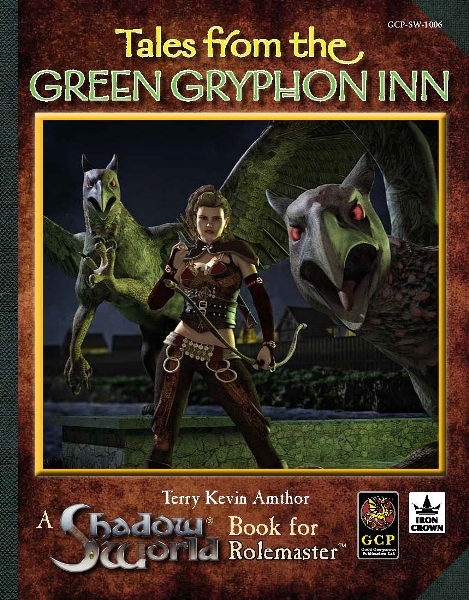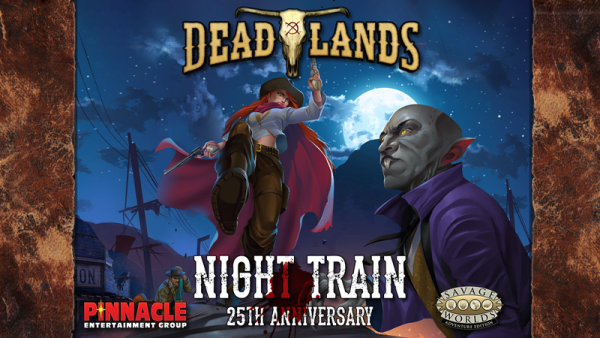Classics: Rangers Lead the Way, Part 4
By Cape Rust
For those of you who have not been following Tales from the Gazebo for the last few weeks, I have been discussing Rangers and I decided to start the discussion with Robert Rogers rules for ranging. These rules were the “doctrine” for his force of Rangers during the French and Indian War. We have finally made it to sweet 16, rule 16, here we go.
Rule 16 recommends that if you encounter an enemy that is larger than you in the morning, wait until evening to attack them, as they will not be able to determine your numbers. That was fine back in the day, but with so many foes that have so many heightened senses on fantasy worlds, the time of your attack isn’t as big of a factor. This rule is good to keep in ones hip pocket until faced with attacking a village or settlement full of humans. As a GM I recommend giving attackers who use these tactics when attacking non-enhanced creatures a few bonuses or at least hamper the defenders attack roles due to cover or concealment. I’m not a huge fan of Rules as Written, but most systems have modifications for darkness for a reason.
Rule 17 is another camping rule, but this one actually can really play into some great plot hooks. Rule 17 recommends sending out a scout before leaving camp to see if the enemy might have been near during the night. This is great for the GM as the discovery of tracks might explain the spot and listen checks the characters on guard needed to make during the night. If your characters didn’t spot whatever was observing them, it can cause them to start worrying, or even change their normal camping routine. Someone or something with really good hide and move silently abilities can cause fits for an adventuring party. Just think of a Kobold thief who observes the party for several nights, then tries to sneak into camp to steal something from the players or even shank one of them while they sleep. Discovering the tracks of a mysterious midnight voyeur and trying to capture or kill them can be a fun diversion that can lead the characters into all sorts of situations. Another one that is really fun is to place a huge enemy camp just over the next hill. There are real world stories where this has happened and neither side knew the other side was even there.
Rule 18 recommends finding running water to drink and dispersing security so that you are not ambushed. It also recommends setting an ambush on the path you came in on in case the enemy is pursuing you. This is one of those rules that is great in combat, but for the average adventuring party there is rarely enough people to do all of this. You do need to pull security when refilling water skins by non-magical means. Some GMs just hand wave the refilling of waterskins and the gathering of food, but when the adventure is in the wilderness and you have characters with ranks in survival or aptitudes for surviving, make it worth the player’s investment. You don’t have to be a wilderness expert as a GM to make the wild feel real. I have found that many of the players who choose to play classes that have this slant often (not always) have some knowledge of the outdoors. Leverage that player’s or any of the other player’s real-world knowledge of survival to make the situation more realistic. Let them take the helm for a few minutes and describe some of the survival techniques they know. This will make the game feel more real and everyone at the table can learn even more real world skills from RPGs.
Well I didn’t cover that many rules this time, but this isn’t a sprint…..


